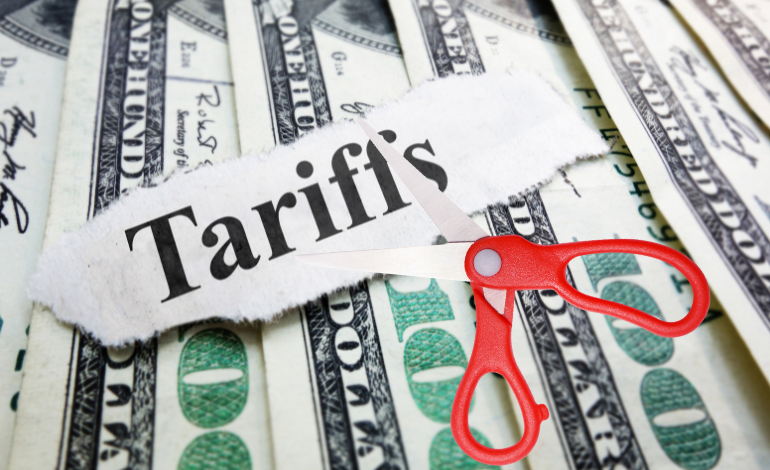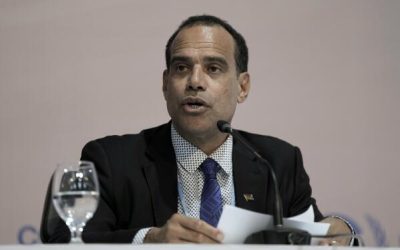Fiji has secured a cut in the United States’ reciprocal tariff on Fijian-origin exports from 32 per cent to 15 per cent, easing cost pressures for exporters and stabilising access to a key market. The Ministry of Trade said the reduction followed sustained engagement with the Office of the U.S. Trade Representative and will take effect from 8 August 2025.
Deputy Prime Minister and Minister for Trade Manoa Kamikamica framed the outcome as a practical win from early, principled negotiations. Government statements add that Fiji is now listed by the U.S. administration as a country in ongoing talks, creating scope for further improvements once technical work on product coverage and rules is advanced.
Local media report that Suva will keep pressing for deeper concessions, including a prospective “Zero List” that could see selected Fijian goods enter tariff-free. While details are still to be negotiated, officials say the immediate 17 percentage point reduction should help preserve margins for exporters facing higher freight and input costs.
The timing matters. The U.S. tariff landscape has been in flux throughout 2025, with a mix of new measures and pauses that have lifted average effective rates and created planning uncertainty for smaller suppliers. Prior to this week’s outcome, Fiji had been grouped at a 32 per cent rate under the U.S. reciprocal tariff policy, though a temporary 90-day suspension earlier this year briefly limited charges to a 10 per cent baseline. The new 15 per cent setting sits between those poles and gives exporters a clearer basis for pricing and contracts.
Sectors likely to benefit include processed foods, beverages, garments, and niche manufactured goods, where a double-digit levy can be the difference between winning or losing orders in a competitive U.S. market. Business groups say the next steps should focus on locking in product-specific wins through the Zero List pathway, improving rules of origin compliance, and expanding trade promotion in priority U.S. states. Government has signalled that negotiations will continue and that the 15 per cent rate should be seen as a stepping stone rather than an end point.
For now, the tariff cut provides immediate relief and a more predictable environment. If Fiji can translate this momentum into targeted zero-tariff access for key lines, the uplift to export competitiveness could be significant.



